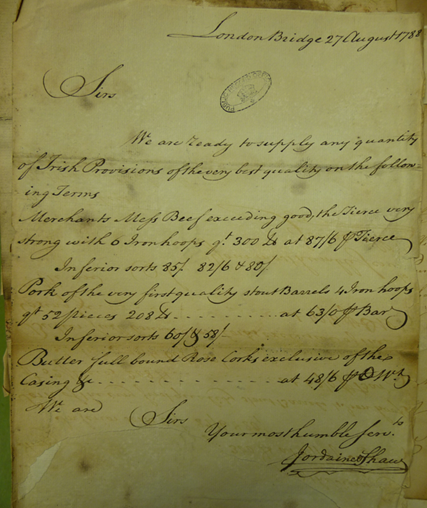Tenders for Convict Transports
10/15/20241 min read


The vast majority of convicts shipped to Australia were transported in merchant vessels employed under contract by government. Very few were sent out in ships owned and operated by the Royal Navy.
Responsibility for hiring these ships and fitting them out as convict transports was initially assigned to the Navy Board, and after 1794, the Transport Board, both semi-independent subsidiaries of the Admiralty. In principle, they were supposed to hire these transports following a competitive tender with advertisements published in the newspapers and/or the coffee houses – but a study of the 59 naval transports taken up for the Botany Bay trade between 1786 and 1800 shows that around half were sole source procurements. There were a number of reasons for this - lack of time, a thin market or the desire to employ specialist vessels, such as East Indiamen.
Invitation to Tender for the First Fleet (Morning Herald, 1 September 1786)


Jordaine & Shaw Tender to the Africa Committee, 1788 (UK National Archives T70/1556)
None of the tenders for the early Botany Baymen have survived, but below is a proposal from the year 1788 to supply pork and butter to the African Committee, the committee of British merchants which managed the slave trade on the West African coast, partly-funded by the British government. This provides a rough idea of how these tenders would have looked. (The contractors in this example, Jordaine & Shaw, also supplied provisions for the intended settlement at Botany Bay in 1786, which were shipped with the First Fleet.)
Contact us
Connect with us
Botany Baymen acknowledges the traditional custodians of country throughout Australia and respects their connection to land, water and community.
© Botany Baymen 2024. All rights reserved.
You may download, display, print and reproduce this content for your personal or non-commercial use but only in an unaltered form and with the copyright acknowledged.

